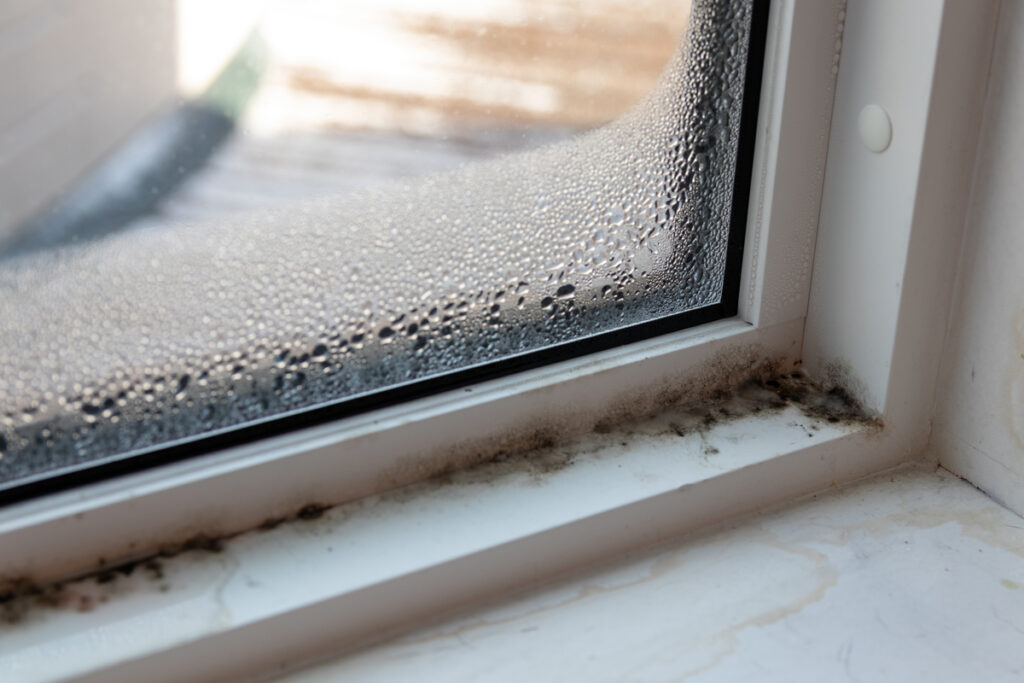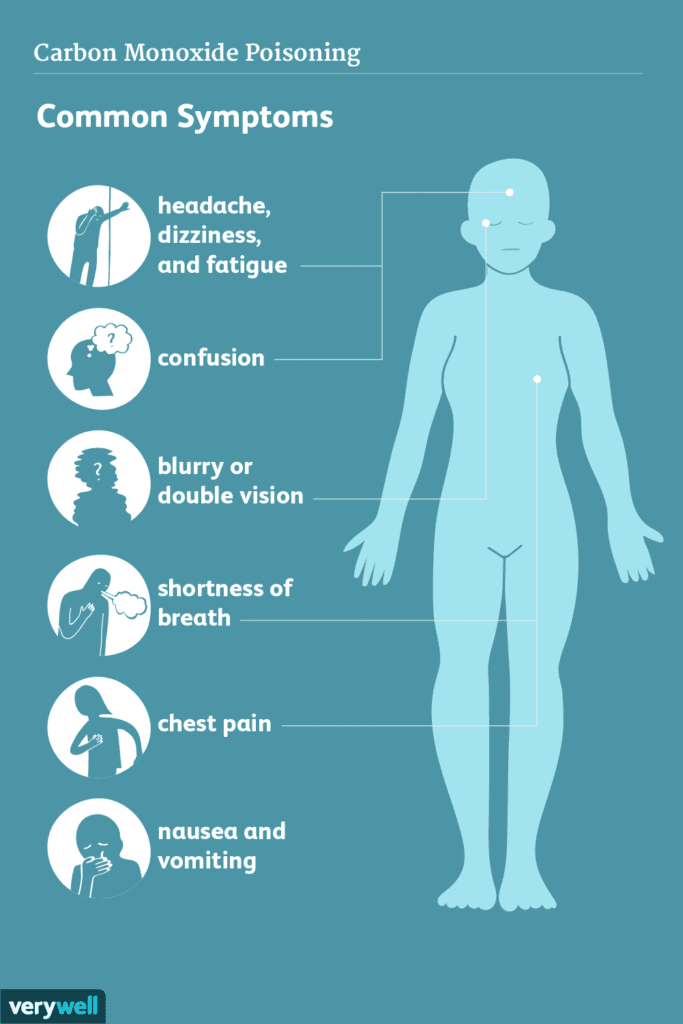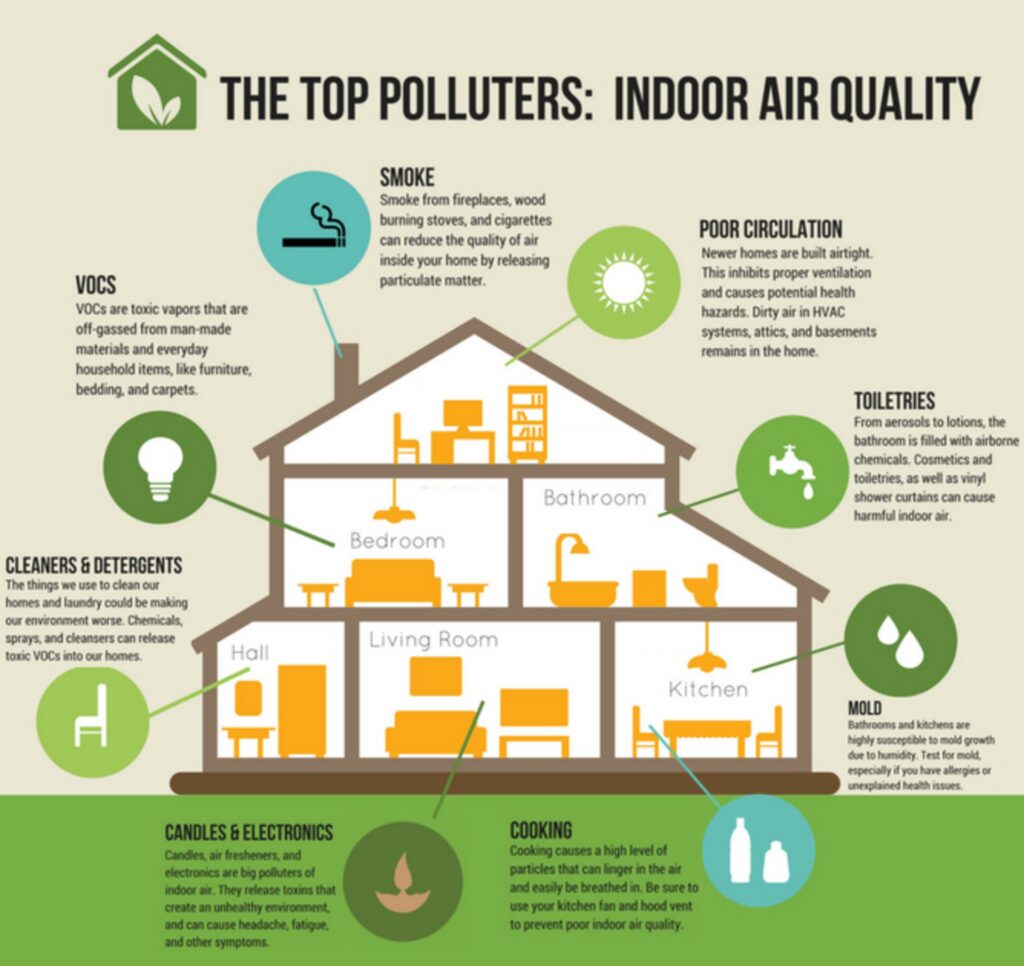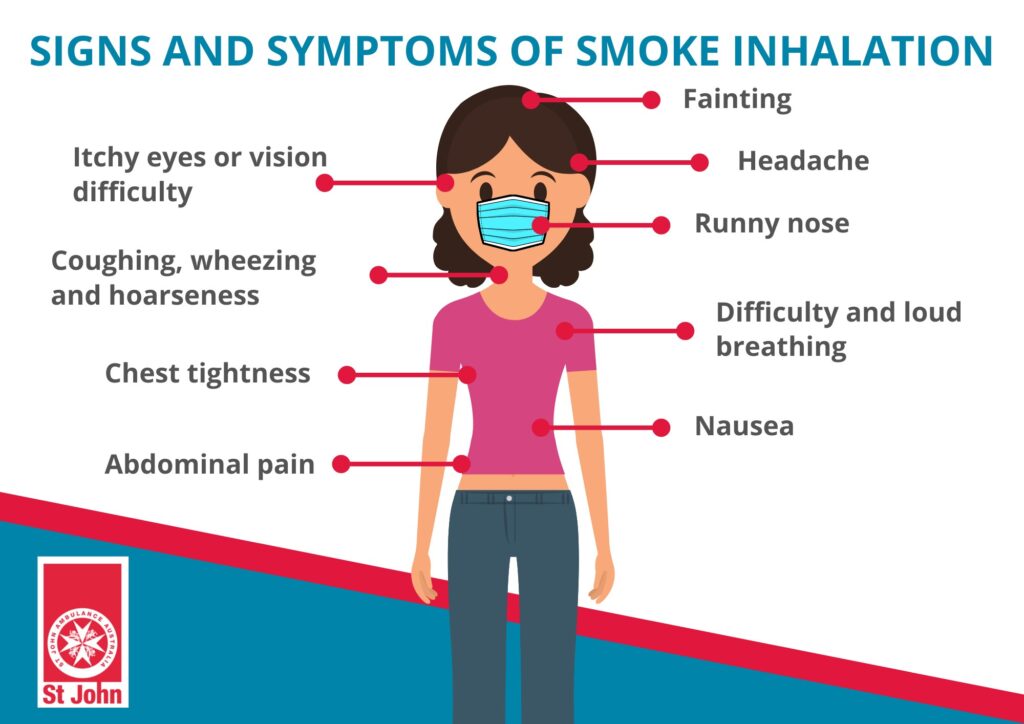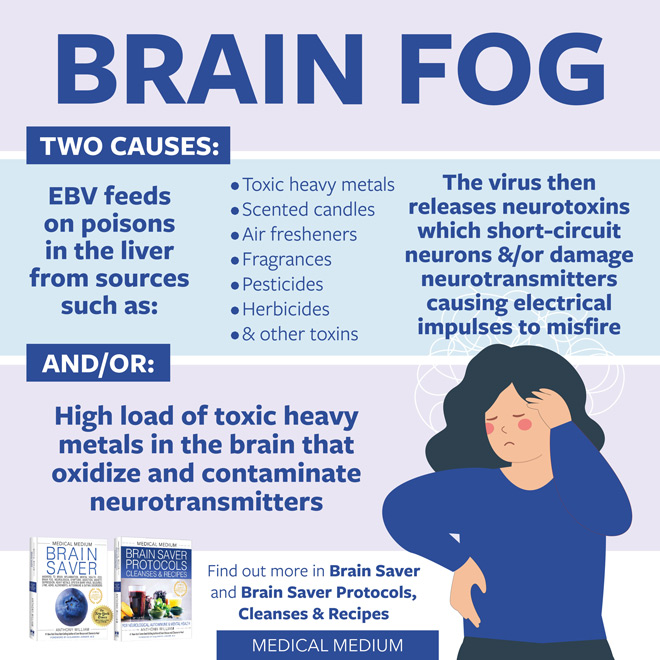As the summer heat reaches its peak, it’s tempting to crank up your AC to the lowest possible temperature to beat the heat. However, running your AC at extreme temperatures can have adverse effects on both your AC unit and your home. In this article, we will explore the ideal temperature range for running your AC and emphasize the importance of staying within safe limits to ensure longevity and cost-effectiveness.
Key Takeaways:
- Running your AC at excessively low temperatures can cause harm to both your AC unit and your home.
- It is recommended to maintain a safe temperature range for air conditioning to balance comfort and energy efficiency.
Understanding the Impact of Low AC Temperatures
Keeping your home cool during hot weather can be a blessing, but did you know that running your AC at excessively low temperatures can be harmful to your health and your AC unit? While it may be tempting to crank up the AC to its lowest setting on a scorching day, doing so can have damaging effects on both you and your equipment.
Harmful effects of running AC at low temperatures: Running your AC at low temperatures can lead to a variety of health problems, such as extreme fatigue, headaches, and even hypothermia in some cases. In addition, low temperatures can make your skin dry and itchy, aggravate respiratory conditions, and compromise your immune system.
Damage to your AC unit: Running your AC at extremely low temperatures can also cause damage to your equipment. The constant strain on the compressor and other components can result in premature wear and tear, leading to costly repairs or even the need for a full replacement.
To avoid these harmful effects and costly repairs, it’s important to set your AC temperature within a safe range. Keep in mind that the ideal AC temperature range is between 72°F and 78°F. This will not only help you stay comfortable but also maximize the lifespan of your AC unit.
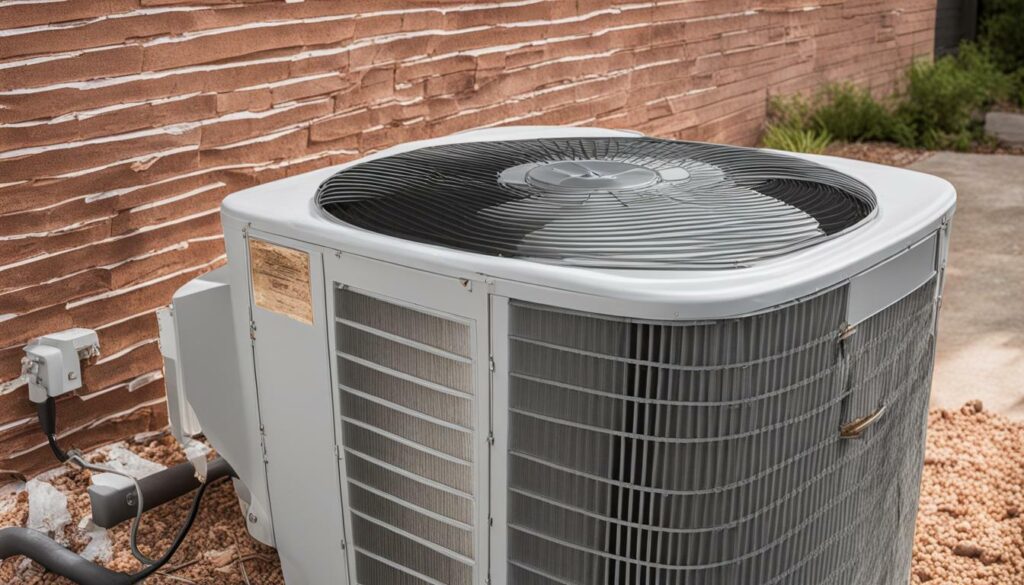

Recommended Indoor Temperature for Using AC
To ensure the optimal performance of your AC unit, it is important to set the right temperature for your indoor environment. The recommended indoor temperature for using AC is between 72 to 78 degrees Fahrenheit, which is considered a safe temperature range for air conditioning. This temperature range strikes a perfect balance between ensuring you stay cool and comfortable, while also being energy-efficient and cost-effective.
When the temperature outside is hotter than 78 degrees Fahrenheit, it is recommended that you set your AC to 78 degrees to help reduce your energy usage and costs. However, if the temperature outside is cooler than 72 degrees Fahrenheit, you can turn off your AC and open your windows to allow fresh air in your home.


It is important to note that setting your AC temperature too low can be harmful and lead to damaging effects on both your AC unit and your home. Extremely low indoor temperatures can cause your AC to work harder than it needs to and may cause it to freeze up or malfunction. In addition, running your AC at excessively low temperatures can lead to high electricity bills and negatively impact the environment. Therefore, it is best to stay within the recommended safe temperature range for air conditioning.
Understanding AC Operating Temperature Limits
It’s important to understand the operating temperature limits of your AC unit and never push it beyond these limits. Operating your AC at temperatures outside of its recommended range can result in expensive repairs and reduced lifespan of the unit.
The operating temperature range of your AC unit is typically between 60 and 85 degrees Fahrenheit. Running it at temperatures below or above this range can cause damage to the compressor and other internal components. This can lead to reduced efficiency and higher energy bills. Additionally, running your AC at very low temperatures for extended periods can also put stress on your home’s insulation and cause other structural problems.
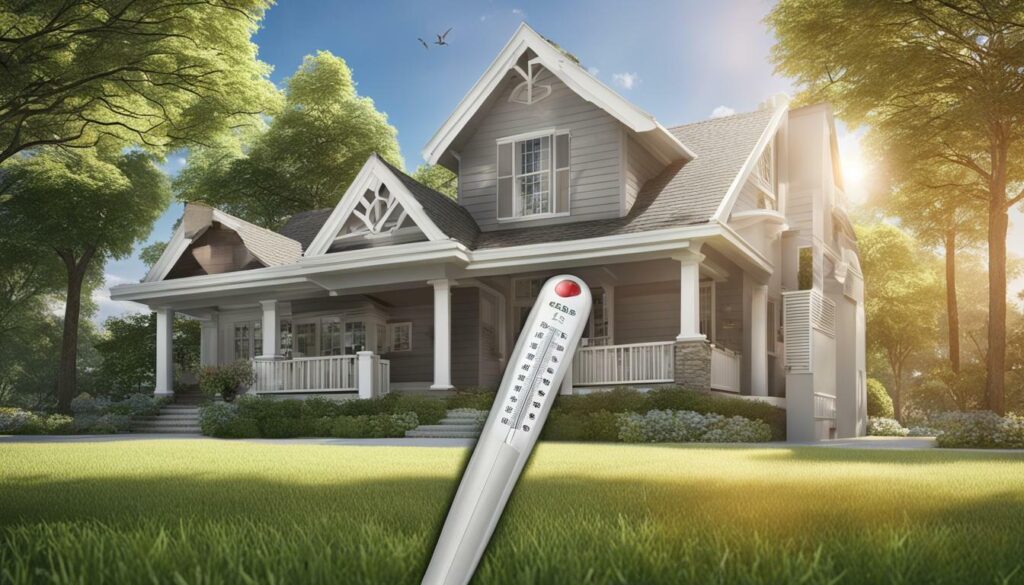

Be sure to keep your AC within its recommended operating range to ensure it operates efficiently and effectively. If you have concerns about your AC’s ability to maintain a consistent temperature, contact a licensed HVAC technician to perform a maintenance check on your unit.
Maximizing Efficiency: Set Your AC at the Right Temperature
Setting the right temperature for your AC not only guarantees a comfortable indoor environment but also helps you save on energy bills. The ideal temperature range for air conditioning is between 72 to 78 degrees Fahrenheit, while the recommended indoor temperature for using AC is around 76 degrees Fahrenheit. By keeping your AC within this range, you can enjoy optimal cooling without putting unnecessary strain on your unit.


Keep in mind that the lower you set your AC’s temperature, the harder it has to work to maintain that temperature, which can lead to higher energy consumption and a shorter lifespan for your unit. On the other hand, excessively high indoor temperatures can compromise your comfort and lead to heat-related health problems, especially during hot weather.
To maximize energy efficiency and cost savings, consider setting your AC temperature slightly higher when you leave your house or during nighttime hours. Programmable thermostats offer great flexibility and are a smart way to regulate your AC temperature automatically, even when you’re away.
Additionally, use ceiling fans to improve air circulation, which allows you to raise your AC temperature a few degrees while still feeling cool. And, don’t forget to keep your windows and doors closed while using your AC to prevent hot air from entering your home.
Avoiding Excessive Cooling: Setting Limits for Your AC
While it may be tempting to crank up the AC on hot summer days, setting your AC at excessively low temperatures can have harmful effects on both your AC unit and your home. To ensure optimal performance and avoid unnecessary risks, it is important to set limits for your AC and maintain a safe temperature range for air conditioning.
The recommended indoor temperature for using AC is typically between 72-78°F, depending on your personal preferences and the outside temperature. To strike the right balance between comfort and energy efficiency, aim to set your AC at the highest temperature possible that still allows you to feel comfortable. This will help you save on your energy bills while also extending the lifespan of your AC unit.
Setting limits for your AC can help you avoid excessive cooling that can lead to moisture buildup, mold growth, and other potential risks. Additionally, running your AC below its operating temperature limits can cause damage to the unit and increase the need for repairs or replacement. To prevent unnecessary expenses and ensure longevity for your AC, make sure to stay within the recommended safe temperature range for air conditioning.
By setting limits for your AC and maintaining a safe temperature range, you can minimize the risks associated with running your AC at excessively low temperatures and maximize your energy efficiency and cost savings.


The Importance of Regular Maintenance for Your AC
Now that you’re aware of the potential risks associated with running your AC at very low temperatures and pushing it beyond its operating temperature limits, it’s important to prioritize regular maintenance to keep your AC running efficiently. Neglecting regular maintenance can create more problems and increase the risks of running your AC at very low temperatures.
Regular maintenance involves cleaning and replacing the filters, checking the refrigerant levels, and inspecting the overall functioning of the AC unit. By keeping up with regular maintenance, you can ensure that your AC is running at its optimal efficiency and avoid unnecessary energy usage.
Moreover, regular maintenance can help you identify and address any issues before they turn into major problems. This can help you avoid costly repairs and extend the lifespan of your AC unit. Always remember to consult with a professional for any major maintenance or repairs.
By prioritizing regular maintenance, you can ensure that your AC is operating within its designated temperature limits, minimizing the risks of running it at very low temperatures. Keeping your AC unit well-maintained can also ensure that it’s running safely and efficiently, keeping you and your family comfortable all season long.
Conclusion
Regular maintenance is vital to ensure the longevity and efficiency of your AC unit. It’s particularly important in relation to temperature regulation and avoiding potential risks associated with running your AC at very low temperatures. By prioritizing maintenance, you can keep your AC unit running efficiently, identify and address any issues promptly, and maximize the lifespan of your investment.
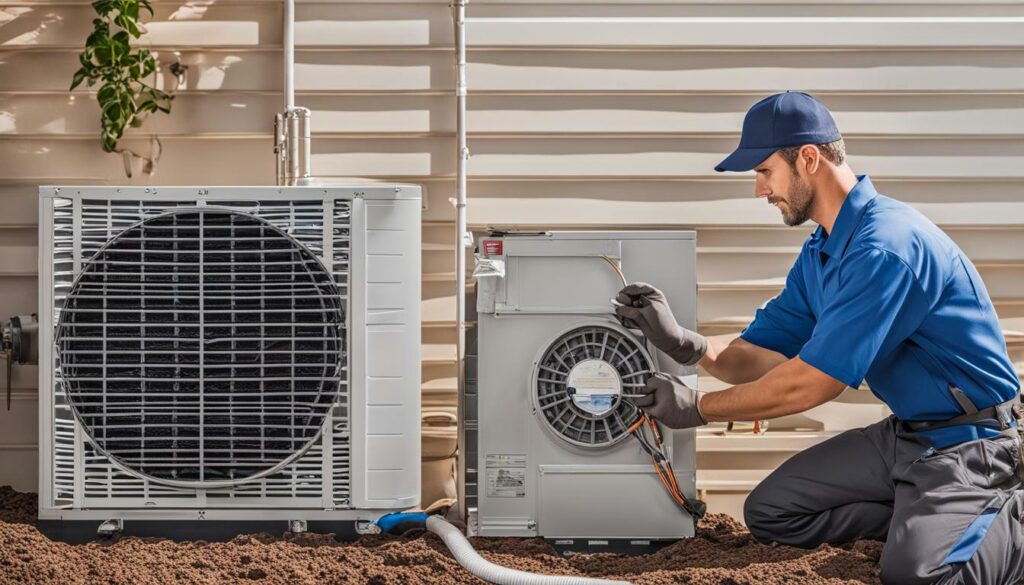

Take the necessary steps to prioritize regular maintenance for your AC unit, and you’ll be able to enjoy a comfortable and cool indoor environment season after season.
Energy-Saving Tips for Cooling Your Home
Setting the right temperature for your AC is crucial for maintaining a comfortable home while keeping energy costs down. It’s recommended to set your AC between 72°F and 78°F for optimal balance between cooling and energy efficiency. Going beyond this safe temperature range may result in excessive energy consumption and potential risks to your health and home.
Avoid setting your AC at extremely low temperatures, as it may cause your unit to overwork and damage your system, leading to costly repairs. Keep your indoor temperature within a safe range by using a programmable thermostat, which allows you to set specific times and temperatures to cool your home efficiently.


Another way to maximize your AC efficiency is by ensuring proper insulation and sealing of your home. Check for drafts and leaks around windows and doors, and use weather stripping or caulk to seal any gaps. This will prevent cool air from escaping and warm air from entering, reducing the workload on your AC system and saving you money on energy bills.
Additionally, consider using fans to circulate cool air throughout your home, which allows you to set your AC at a slightly higher temperature without sacrificing comfort. Ceiling fans, in particular, can reduce your reliance on AC and provide a refreshing breeze throughout your home.
By following these energy-saving tips and setting your AC within the recommended indoor temperature range, you can cool your home effectively and efficiently while minimizing energy costs and potential risks to your health and home.
AC Temperature Control: Smart Technology and Programmable Thermostats
Are you looking for ways to optimize your AC temperature control and save on energy costs? Consider investing in smart technology and programmable thermostats.
Smart thermostats have become increasingly popular in recent years, allowing you to remotely control your AC temperature through your smartphone or other devices. This means you can adjust the temperature setting even when you’re not at home, ensuring maximum energy efficiency and cost savings.
Programmable thermostats, on the other hand, allow you to set a schedule for when your AC turns on and off, ensuring you’re only cooling your home when you need to. You can also set different temperature settings for different times of the day, ensuring optimal comfort while minimizing energy waste.
By utilizing smart technology and programmable thermostats, you can not only enhance your AC temperature control but also make a positive impact on the environment by reducing your energy consumption. The ideal AC temperature range is between 76 and 78 degrees Fahrenheit, and by setting your programmable thermostat within this range, you can both stay comfortable and save money on your energy bills.
So why wait? Invest in smart technology and programmable thermostats today to optimize your AC temperature control and enhance your home’s energy efficiency.


Conclusion
Congratulations! You’ve learned the optimal temperature range for running your AC, the potential harmful effects of running it at excessively low temperatures, and the importance of regular maintenance to avoid potential risks. To keep your AC running smoothly, remember not to push it beyond its operating temperature limits and to set the right temperature for your home.
By following the recommended indoor temperature range and avoiding excessive cooling, you can optimize energy efficiency and save on cost while maintaining a comfortable indoor temperature. Don’t forget to utilize smart technology and programmable thermostats to enhance AC temperature control and maximize energy savings.
Remember, setting the right temperature for your AC is crucial for ensuring longevity, saving on cost, and most importantly, keeping you and your family cool and comfortable during the hot summer months. Thanks for reading and stay cool!
FAQ
Q: What temperature should you not run your AC?
A: It is recommended not to run your AC below 68 degrees Fahrenheit (20 degrees Celsius) to prevent overcooling and potential damage to your AC unit.
Q: What are the harmful effects of running AC at low temperatures?
A: Running your AC at excessively low temperatures can lead to high energy consumption, increased humidity levels, discomfort, and potential damage to your AC unit.
Q: What is the recommended indoor temperature for using AC?
A: The recommended indoor temperature for using AC is usually between 72-78 degrees Fahrenheit (22-25 degrees Celsius) for a balance between comfort and energy efficiency.
Q: What are the operating temperature limits of an AC unit?
A: AC units typically have operating temperature limits between 60-90 degrees Fahrenheit (15-32 degrees Celsius). It is important not to push the AC beyond these limits to avoid performance issues or damage.
Q: How can I maximize efficiency by setting the right AC temperature?
A: To maximize efficiency, set your AC temperature within the recommended range of 72-78 degrees Fahrenheit (22-25 degrees Celsius) and use additional energy-saving measures such as using ceiling fans and keeping windows and doors sealed.
Q: Why is it important to set limits for your AC?
A: Setting limits for your AC helps avoid excessive cooling, which can lead to increased energy consumption, discomfort, and potential risks associated with extremely low indoor temperatures.
Q: How does regular maintenance affect AC temperature regulation?
A: Regular maintenance is crucial for proper AC temperature regulation. It helps ensure that the AC unit is functioning optimally, avoids temperature inconsistencies, and reduces the risk of running the AC at very low temperatures.
Q: How can I cool my home efficiently while maintaining a comfortable indoor temperature?
A: Along with setting the AC temperature within the recommended range, you can improve efficiency by using curtains or blinds to block sunlight, minimizing heat-generating activities, and properly insulating your home.
Q: How can smart technology and programmable thermostats optimize AC temperature control?
A: Smart technology and programmable thermostats allow you to set schedules and adjust temperatures remotely, ensuring that your AC operates efficiently and matches your preferences while saving energy and costs.


